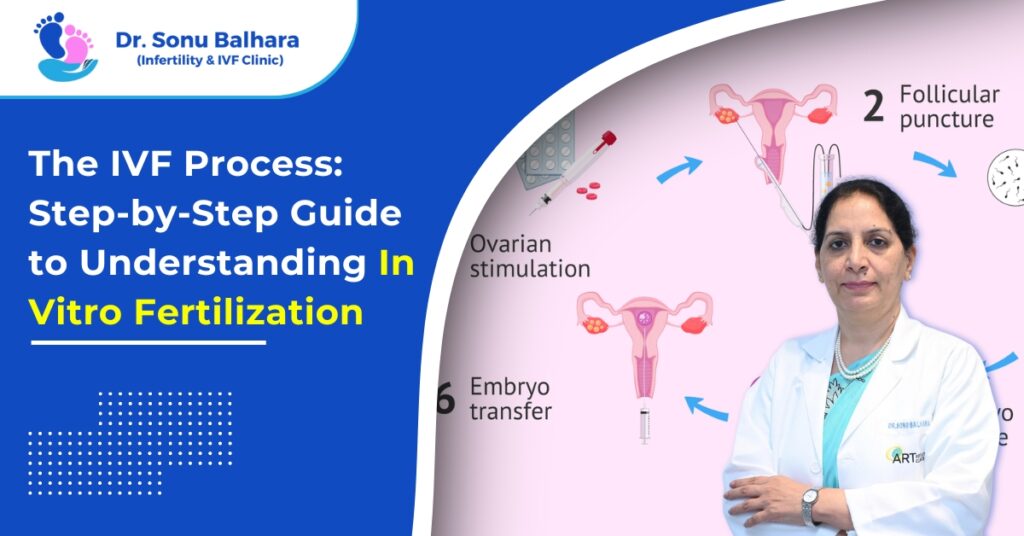Introduction:
IVF is a common treatment among childless couples and has become the ultimate solution to their problem. Advanced reproductive technology allows many to fulfill their dream of beginning a family. In this blog, we take you through the step-by-step process of going through IVF. In this way, it will be pretty easy to understand how the whole revolutionary treatment works.
- Initial Consultation and Assessment: The journey of IVF starts with an initial consultation with a fertility specialist. In this session, one’s case history is taken, and numerous diagnostic tests may be conducted to identify the root cause of infertility.
- Ovarian Stimulation: The patient is then given fertility medications to hyperstimulate the ovaries for multiple egg production. This usually takes around 8-14 days and is followed by regular ultrasound and blood tests to monitor the development of the follicles.
- Egg Retrieval: Once the follicles have reached a mature stage, one undergoes a minor surgical procedure known as egg retrieval. While the patient is under mild sedation, eggs are aspirated from the ovaries using a small needle guided by ultrasound. The procedure usually lasts about 20 to 30 minutes, and patients can often go home the same day.
- Fertilization: The eggs are put together with sperm, in a laboratory. This is done conventionally or through Intracytoplasmic Sperm Injection, where one sperm is injected into an egg.
- Embryo Development: After fertilization, the eggs are now embryos cultured in the lab for several days. The best quality ones are then chosen for transfer, while others could be frozen for later use.
- Embryo Transfer: This is a painless and quick procedure where one or two embryos are transferred into the uterus. It is done any time between three to five days after egg retrieval.
- The Waiting Period: Conventional two weeks, the period immediately after embryo transfer, is in general referred to as the “two-week wait.” The patient will remain on medications that may have been prescribed, and after two weeks, a pregnancy test is given to confirm whether or not the IVF cycle has been successful.
Conclusion:
Even though IVF seems to be quite a complicated process, it is indeed a great option for childless couples. This percentage of success increases with modern developments and professional care, bringing families one step closer to their dream.

